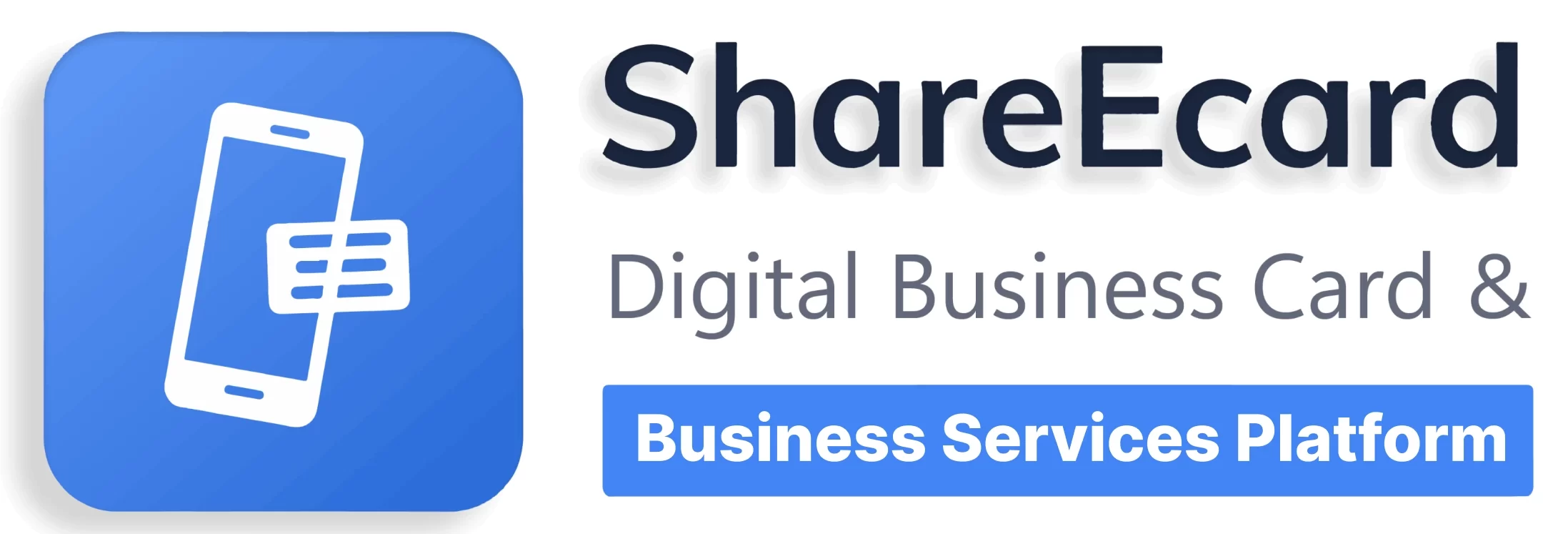In today’s fast-moving world of professional networking, more than ever it’s important to have the right tools at hand. The concept of “digital business cards vs LinkedIn” often comes up, many assume a digital business card is just a modern version of a paper card. But that assumption misses a lot. In fact, while apps like LinkedIn have changed how we build visibility and credibility, digital business cards offer a different kind of power: immediate connection, accurate data capture, and measurable impact.
What is LinkedIn & what is a digital business card?
LinkedIn is the world’s most recognised professional networking platform. It enables individuals to build a profile, share content, connect with other professionals, and nurture relationships over time.
On the other side, digital business cards are virtual versions of the traditional paper card — often shared via QR code, NFC, or link — that allow quick exchange of contact information, are always up to date, and integrate with digital systems like CRM. Wikipedia+2Uniqode+2
Core strengths: LinkedIn
LinkedIn shines when it comes to visibility and long-term relationship building.
- It provides a platform where your professional profile is searchable, you can publish posts or articles, and you create an ongoing network of connections.
- For professionals, the benefit of networking on LinkedIn has been shown in research: using LinkedIn contributes to informational benefits and broader networks.
In short: Use LinkedIn to nurture relationships, showcase your expertise, and maintain your credibility over time.
Core strengths: Digital Business Cards
By contrast, when you need to start a relationship efficiently, capture data accurately, and integrate with organisational systems, digital business cards shine.
- Sharing is near-instant — no need for printing paper cards, no risk of outdated contact details.
- They allow corporate tracking and integration (for example, immediate CRM capture) which is particularly valuable for organisations seeking to transform networking into measurable leads.
In short: A digital business card is how you begin the connection, and how a company ensures the relationship data stays live in its system.
Comparison: How they differ
Here’s a simple comparison:
| Feature | Digital Business Cards | |
|---|---|---|
| Purpose | Build & maintain a network; professional branding | Rapid contact sharing; data capture & lead tracking |
| Relationship stage | Middle / long term | Initial connection |
| Control | Individual controls own profile & connections | Organisation can ensure data enters its systems |
| Data integration | Less seamless into CRM unless manual | Often built-in CRM connectors & analytics |
| Contact exchange | Via connection requests, profile views | Via QR/NFC/link share, instant save |
| Dependency | Internet, active engagement | Can often work even offline (QR/NFC) |
Why are they not competitors but complements
Rather than seeing this as a choice of one or the other, it’s more fruitful to view it as a pair. LinkedIn handles the visibility and relationship nurturing. Digital business cards handle the efficient start and data capture side.
For an organisation, this becomes very relevant:
- On LinkedIn, an employee builds a personal brand and network.
- On the digital business card side, the company ensures that each contact, each connection, each lead is recorded, tracked, and turnable into actionable intelligence.
There’s an inherent tension, though: - The employee wants to own the relationship, their credibility, their personal network.
- The company wants to own the data, the touchpoint, the opportunity.
When done right, using both tools together helps reconcile that tension: the employee remains visible and network-active on LinkedIn; the organisation captures the lead data through digital business cards for follow-up and continuity (especially if the employee moves on).
Implications for organisations
For companies, the message is clear: don’t rely solely on LinkedIn for professional networking intelligence. Use digital business cards to feed your CRM, track leads, ensure resulting relationships don’t vanish if an employee leaves the company.
For example, if a sales rep meets someone at a conference and the only thing they do is send a LinkedIn connection, the company may lose track of the lead when the rep leaves. But if a digital business card was used, that contact data is already in the system and follow-up can be organised.
Given that the digital business card market is growing strongly (for instance, projected to reach billions in the coming years), this is not a fringe trend.
Practical advice for professionals & companies
For professionals:
- Keep your LinkedIn profile active – publish posts, engage with connections, build your brand.
- Use a digital business card when you meet people in-person or virtually — share a clean link or QR code rather than fumbling with paper.
- Ensure the card includes your LinkedIn handle and other relevant links so the contact can connect further.
For organisations:
- Equip your team with digital business cards that integrate with your CRM and lead-capture processes.
- Establish a policy: when contacts are made via any channel (event, meeting, online) the digital business card is used and data is automatically captured.
- Recognise and respect employees’ personal brand on LinkedIn, but ensure business continuity of relationships by tying the initial exchange into company systems.
Conclusion
In the conversation of “digital business cards vs LinkedIn”, the truth is: it’s not an either/or. LinkedIn excels at building and nurturing professional networks. Digital business cards excel at initial contact and data capture. Used together, they bridge the gap between personal relationships and corporate systems — enabling professionals and organisations both to win. The future of professional networking is not about control—but collaboration, clarity, and connection.




